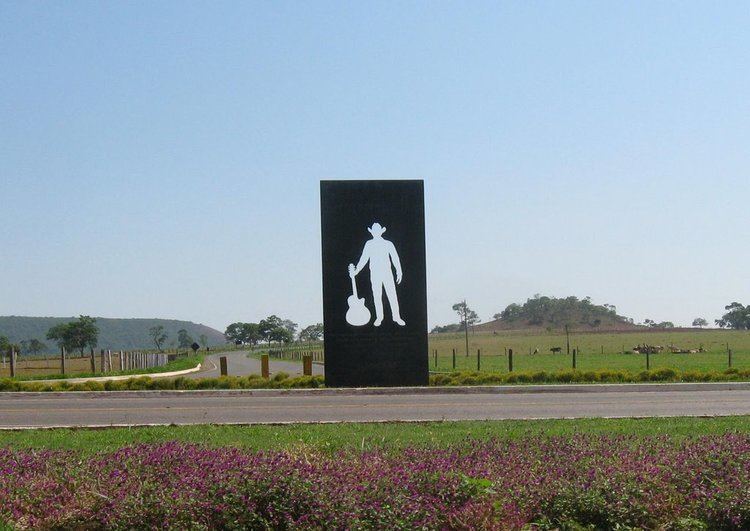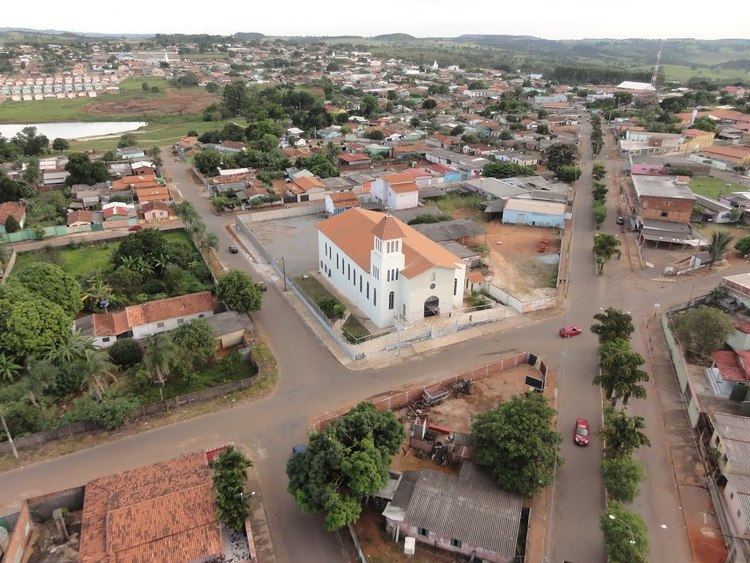Elevation 982 m (3,222 ft) | Time zone BRT/BRST (UTC-3/-2) | |
 | ||
Goianápolis is a municipality in central Goiás state, Brazil. It had a population of 11,159 (IBGE 2007 estimate) in a total area of 162.38 km² (2007). The town is famous for its tomato production and as the birthplace of Leandro and Leonardo, one of the most famous country and western duos in recent Brazilian music.
Contents
- Conhecendo o brasil goian polis goi s
- Location
- Political Data
- Demographic Data
- The economy
- Economic Data
- Education and Health
- History
- References

Conhecendo o brasil goian polis goi s
Location

Goianápolis, the so-called "state tomato capital", is located 33 km. northwest of the state capital of Goiânia and 11 km. south of the important Goiânia-Brasília highway. It belongs to the Goiânia Microregion. Connections with Goiânia are made by BR-457 / GO-415. It forms boundaries with Anápolis, Terezópolis de Goiás, and Leopoldo de Bulhões.

The climate is tropical humid. The hydrographic basin is formed by the streams of João Leite, Sozinha, Pindobal, Macaco, Arábia and da Gama. The water supply comes from the Ribeirão Sozinha.

The municipality contains part of the 2,132 hectares (5,270 acres) Altamiro de Moura Pacheco State Park, created in 1992.
Political Data
Demographic Data

The economy

The main economic activity of the city was, until recently, the production of tomatoes (100 hectares in 2006), which were sold all over the country and even exported to Argentina and Paraguay. This activity has dropped off significantly in recent years. There is also production of rice, corn (400 hectares), beans, bananas, manioc, cabbage, carrots, and sugar beets. There were 15,000 head of cows in 2006. Data are from IBGE
Economic Data
Education and Health
History
The history of Goianápolis began when Pedro Ludovico Teixeira decided to transfer the capital of the state from Goiás to Goiânia in 1933. With the change, there was an increase in population from Anápolis to the region of Campininha where the new capital was being built. Families arrived in the region looking for land to plant and to raise pigs. Soon a new municipality was formed: Goianápolis—a combination of Goiânia and Anápolis.
Goianápolis is also famous in Brazil as the birthplace of Leandro and Leonardo, one of the most famous country duos in Brazilian music. See official site at Leandro e Leonardo
Human Development Index: 0.689
For the complete list see Frigoletto.com
